How Big is a Standard Milk Tanker?
In the world of dairy production and distribution, the standard milk tanker plays a crucial role in transporting milk from farms to processing plants. Understanding the size and capacity of these tankers is important for anyone involved in the dairy industry, from farmers to logistics managers. So, how big is a standard milk tanker?
Dimensions and Capacity
A standard milk tanker, often referred to as a milk truck or milk trailer, is designed to transport large quantities of milk safely and efficiently. The size of these tankers can vary based on regional regulations, the type of tanker, and specific operational needs, but there are some common dimensions and capacities that are typically observed.
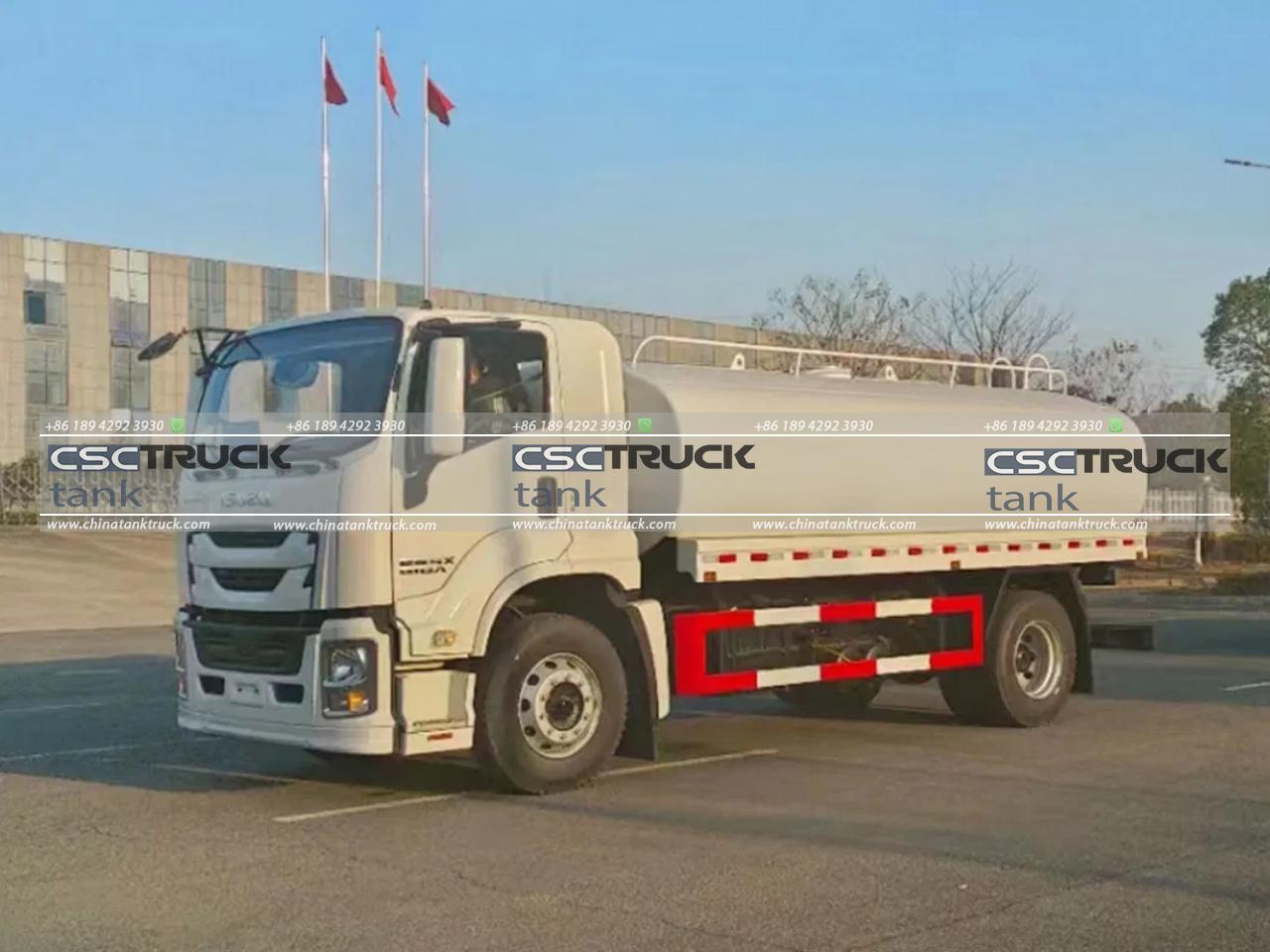
Volume Capacity
The capacity of a milk tanker is usually measured in liters or gallons. In North America, the most common capacity for a standard milk tanker is around 5,000 to 6,000 gallons, which is approximately 19,000 to 22,000 liters. In Europe and other regions where metric measurements are standard, the capacity is typically around 20,000 to 24,000 liters. These capacities allow for the efficient transportation of milk from farms to processing facilities, often covering distances of several hundred miles.
Dimensions
The physical dimensions of a milk tanker are also noteworthy. A standard milk tanker trailer is usually about 40 to 45 feet (12 to 14 meters) long. This length includes the tank itself, which is cylindrical to facilitate easy cleaning and maintain the quality of the milk. The width of the tanker is typically around 8 feet (2.4 meters), which aligns with standard road regulations for trailers in many countries. The height of the tanker, including its tank and the chassis, generally ranges from 12 to 14 feet (3.6 to 4.3 meters), depending on the design and load.
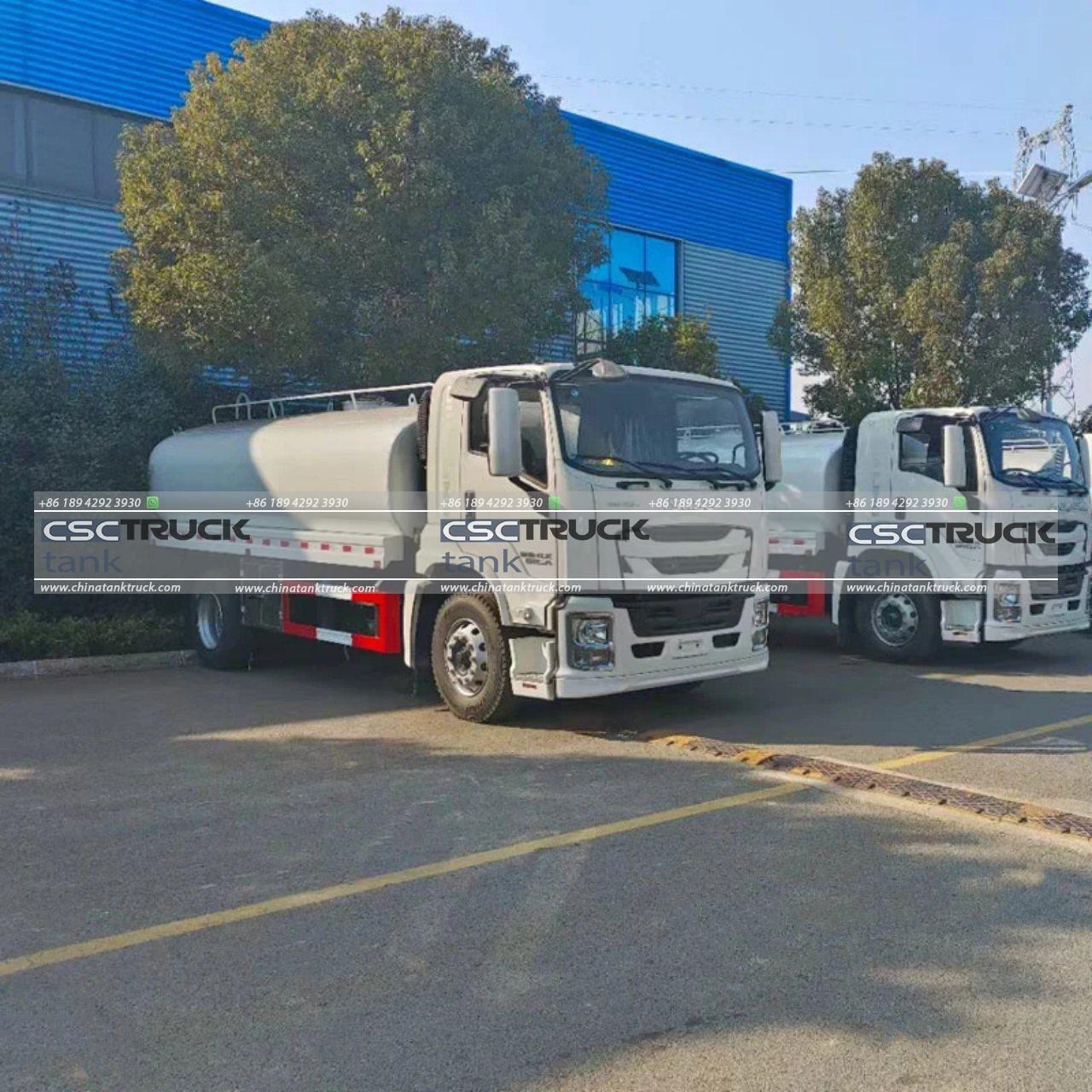
Design and Construction
Milk tankers are constructed with specific features to ensure the safe and hygienic transportation of milk. They are usually made from stainless steel or aluminum, materials that are both durable and resistant to corrosion. The interior of the tanker is often coated with a food-grade finish to prevent contamination and maintain the milk’s quality.
Insulation and Temperature Control
One of the critical aspects of milk tankers is their insulation and temperature control systems. Milk must be kept at a specific temperature to prevent spoilage and maintain its freshness. Most milk tankers are equipped with insulated walls and cooling systems that help maintain the milk at a temperature of around 39°F (4°C). This is typically achieved through a combination of refrigeration units and insulated tank linings.
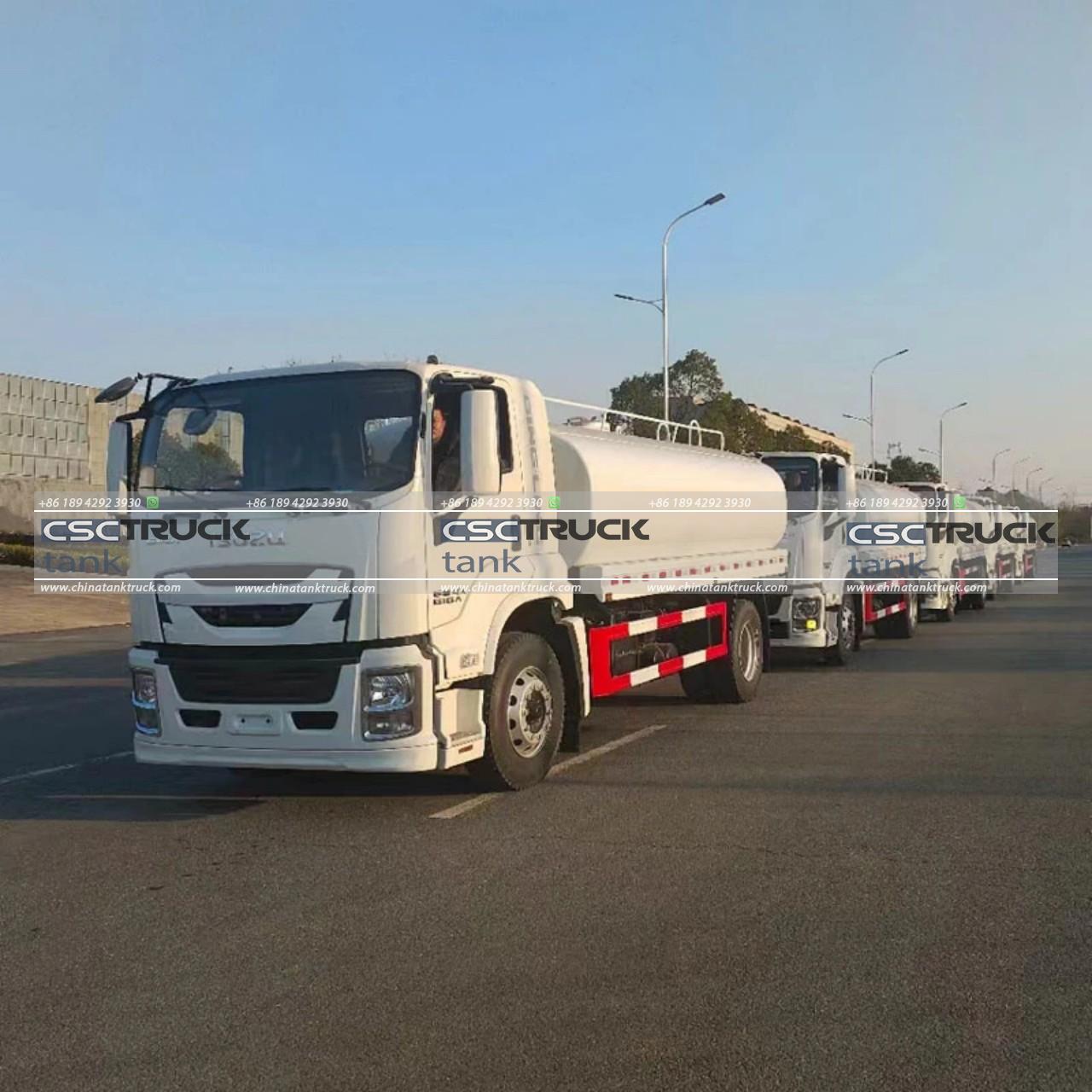
Cleaning and Maintenance
Maintaining hygiene is essential in the dairy industry, and milk tankers are designed with cleaning in mind. The tankers are equipped with high-pressure wash systems and are often cleaned with a combination of hot water and cleaning agents after each load. This ensures that residues and contaminants are removed, preventing cross-contamination between different milk batches.
Regional Variations
While the dimensions and capacities mentioned above are typical, there are regional variations based on local regulations and industry practices. For example:
– North America: In the U.S. and Canada, the standard milk tanker capacity ranges between 5,000 and 6,000 gallons. Regulations often dictate the maximum allowable weight and dimensions for milk tankers to ensure road safety and efficiency.
– Europe: European milk tankers commonly have a capacity of around 20,000 to 24,000 liters. The size and design may also be influenced by the narrower roads and tighter regulations present in many European countries.
– Australia and New Zealand: In these regions, milk tankers are often similar in size to those in North America but may have slight variations in design to accommodate local conditions and regulations.
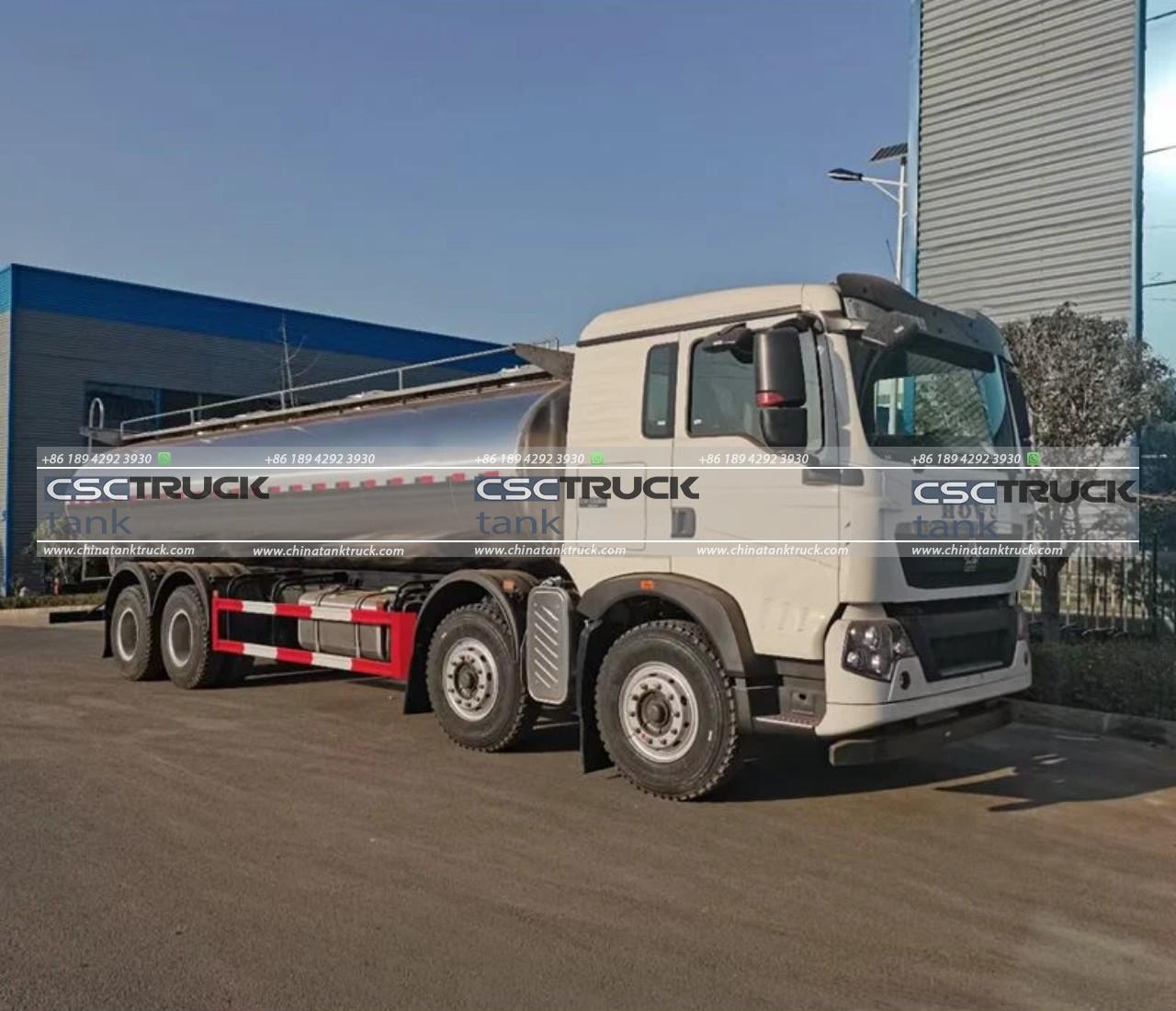
Operational Considerations
The size of the milk tanker affects various operational aspects, including:
Loading and Unloading
The size and design of the tanker influence the loading and unloading processes. Milk tankers are typically equipped with pumps and hoses that allow for efficient transfer of milk. The design ensures that these processes are streamlined to minimize time and labor.
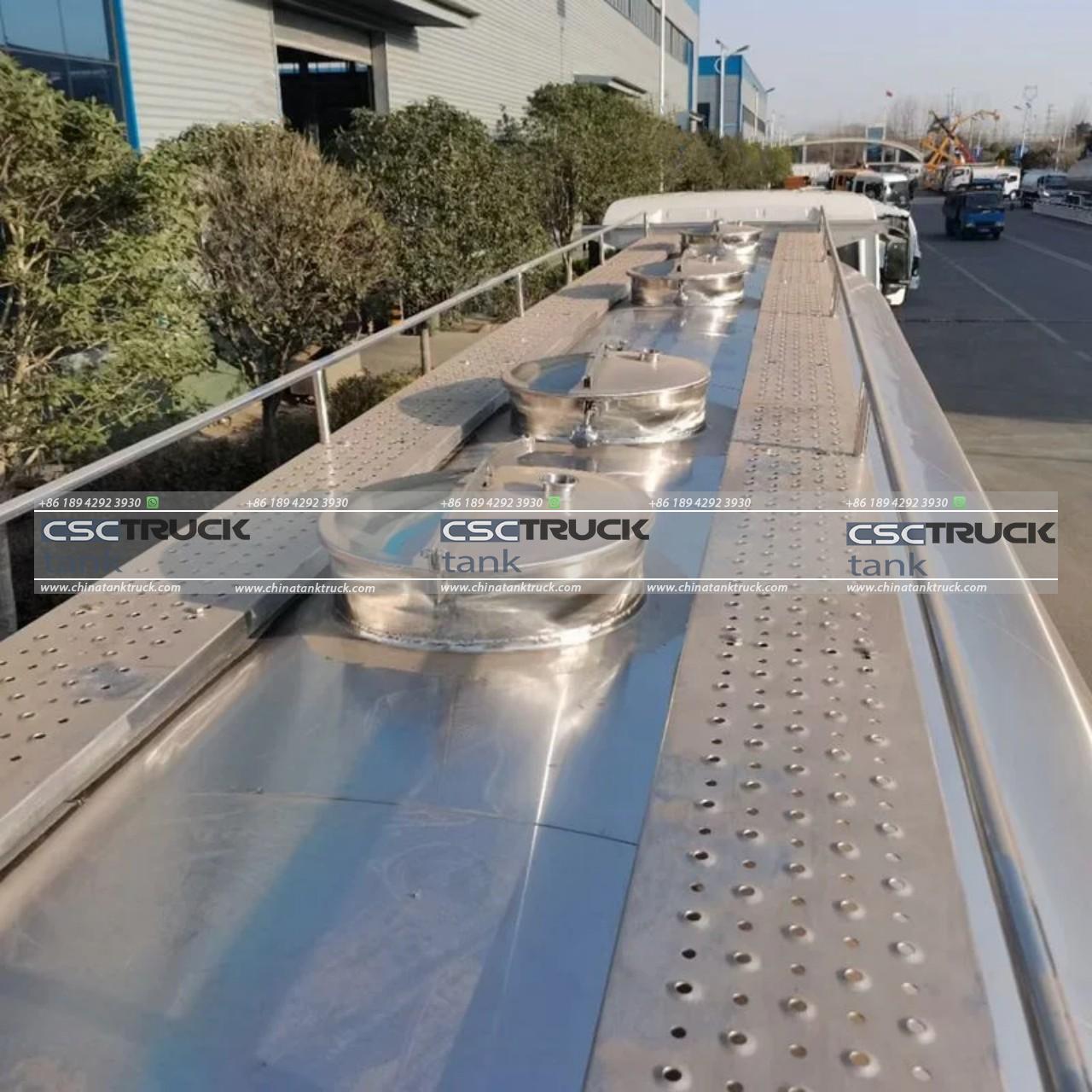
Road Regulations
The dimensions and weight of milk tankers are subject to road regulations, which vary by country and region. These regulations ensure that milk tankers can travel safely on public roads without causing undue wear and tear or posing risks to other road users.
Environmental Impact
Larger milk tankers can transport more milk per trip, which can reduce the overall number of trips needed and consequently lower the carbon footprint associated with transportation. However, the environmental impact also depends on the type of fuel used and the efficiency of the tanker’s design.
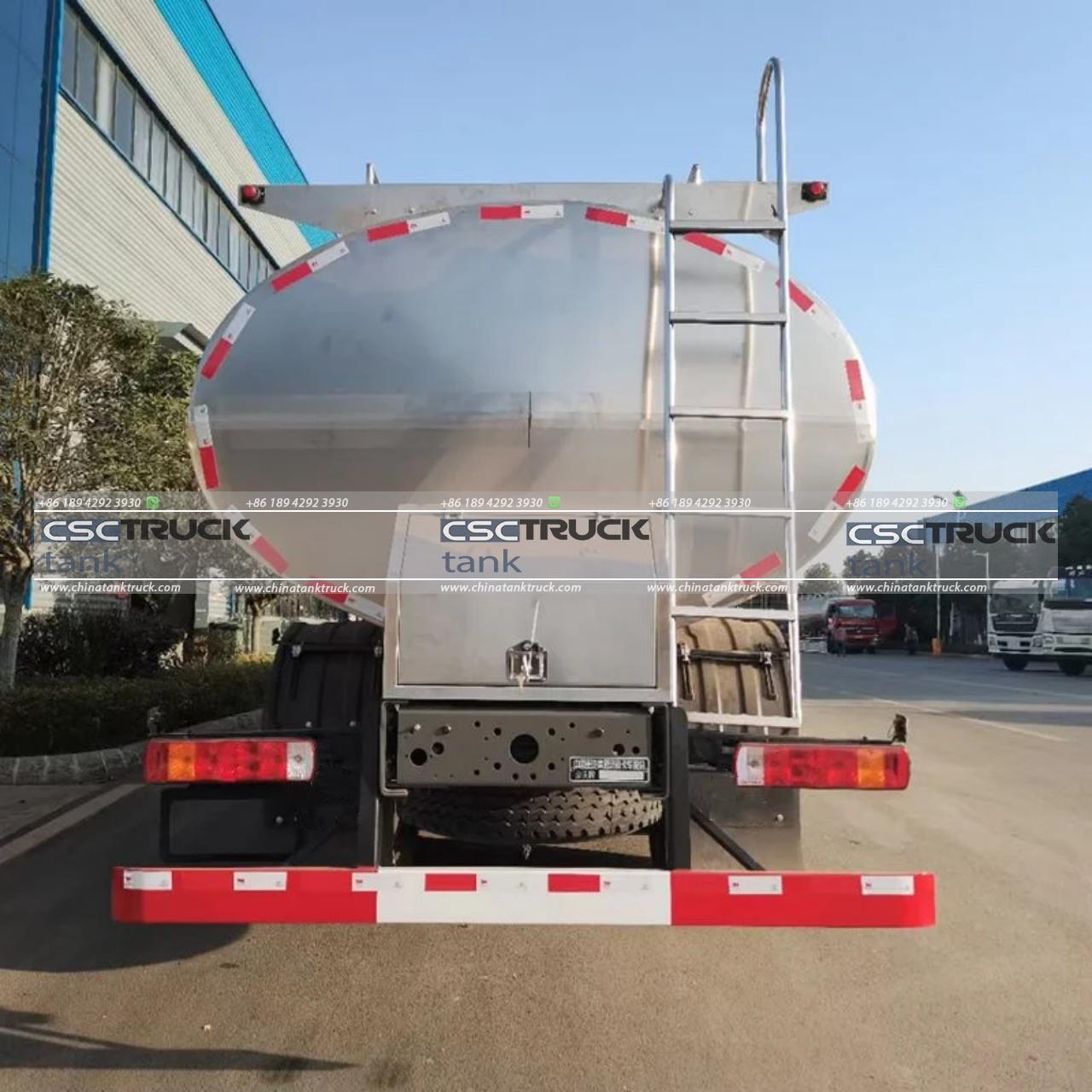
Conclusion
A standard milk tanker is a vital component of the dairy supply chain, designed to handle the large volumes of milk required to meet consumer demand. With capacities typically ranging from 5,000 to 6,000 gallons (19,000 to 22,000 liters) in North America and 20,000 to 24,000 liters in Europe, these tankers are built to ensure safe and efficient transport. Their construction, featuring materials like stainless steel and advanced insulation, helps maintain milk quality during transit.
Understanding the size and capabilities of milk tankers provides insight into their role in the dairy industry, highlighting their importance in delivering fresh milk from farms to processing plants and ultimately to consumers. Whether in North America, Europe, or other regions, these tankers are designed to meet the specific needs of the dairy industry, ensuring that milk arrives at its destination in optimal condition.

